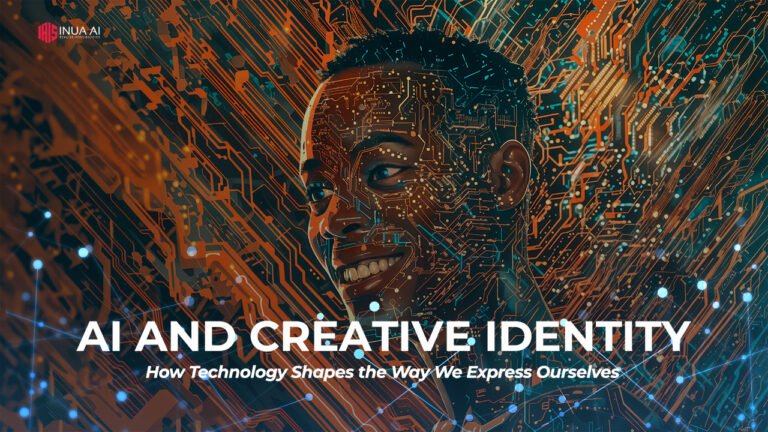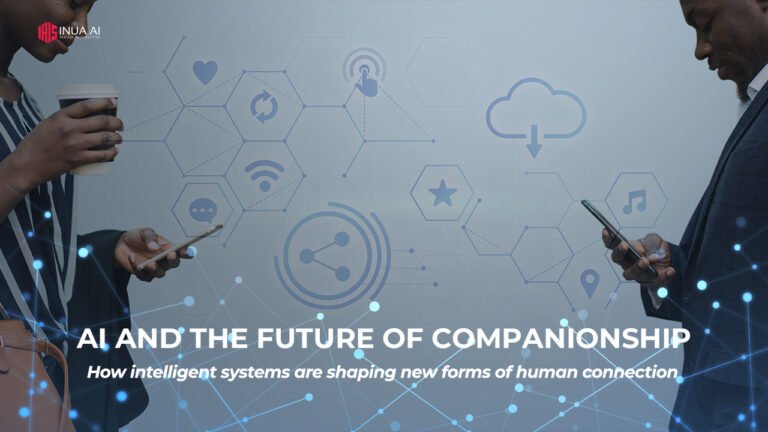AI in Creative Industries: Redefining Art, Music, and Media
AI in Creative Industries is revolutionizing how art, music, and media are created, experienced, and distributed. As Artificial Intelligence (AI) continues to evolve, it’s no longer just a tool but a collaborator in the creative process. This convergence of creativity and technology is ushering in a new era of innovation, where human ingenuity meets machine learning to create a vibrant landscape full of possibilities across visual arts, music composition, and media production.
The Intersection of AI and Creativity
The role of AI in the creative industries is wide-ranging, influencing everything from visual art creation to music production to media content curation. Artists and musicians are beginning to see AI as a collaborative partner, not just a tool. AI algorithms can analyze massive data sets, recognize patterns, and create original works that reflect their own style and aesthetic. This intersection of creativity and technology is blurring the lines between human-created and machine-created art, leading to exciting new forms of expression.
AI in Visual Arts
AI has made great strides in the field of fine art. Programs such as Deep Art and DALL-E use neural networks to create artwork based on user input or existing styles. For example, DALL-E can create entirely new images from text descriptions, allowing artists to visualize ideas in ways never before thought possible. This democratization of artistic creation allows experienced artists, as well as amateurs, to pursue their creativity without traditional skill barriers. Additionally, AI is also used to analyze and curate art collections. Machine learning algorithms can evaluate the characteristics of artworks and classify them according to style, era and theme – not only enriching the museum experience but also helping collectors discover new pieces that match their tastes.
AI in Music Composition
The music industry is experiencing a similar revolution. AI-powered tools like OpenAI’s MuseNet and Amper Music allow people to compose original musical works across a variety of genres. These platforms analyze existing music to create pieces that mimic different styles, allowing musicians to explore new creative avenues. For example, a composer can input a certain mood or genre and the AI will generate a unique track tailored to those specifications. Additionally, we are seeing AI being introduced into live performances as well. Artists like Holly Herndon are experimenting with AI-generated voices and sounds in their music, blurring the line between human and machine performance. This integration of AI into the live environment offers audiences new experiences and showcases the evolving nature of music production.
AI in Media Production
In the media world, AI is changing the way content is produced and consumed. Algorithms analyze viewer preferences and can predict which shows and movies will be well-received by viewers. This data-driven approach allows streaming platforms like Netflix and Hulu to curate personalized content recommendations, improving user experience and keeping viewers engaged. AI is also being used in editing. Tools like Adobe Teacher use AI to streamline video editing by automatically tagging and organizing footage. This not only speeds up production, but also allows developers to focus on the artistic aspects of the project rather than technical details.
Current Trends Shaping AI in Creative Industries
- Generative Art: Artists are increasingly using AI to create generative art, where algorithms generate unique works of art based on certain parameters. This trend is gaining momentum in galleries and exhibitions, challenging traditional notions of authorship.
- Interactive Experiences: AI is used to develop interactive art installations that respond to viewer input. These installations blur the boundaries between audience and artist, creating immersive experiences that engage participants on a deeper level.
- Co-creation: AI fosters collaboration between artists and technologists. Many creators are working with AI researchers to explore new forms of expression, resulting in groundbreaking projects that combine art and technology.
- Ethics and authenticity: As AI-generated content becomes more commonplace, discussions around ethics and authenticity will become more important. Questions about ownership, copyright, and the role of artists in AI-generated works are important in this evolving environment.
Challenges and Considerations
Despite the incredible potential of AI in the creative industries, there are several challenges that need to be overcome. One of the main concerns is preserving human creativity and artistry. While AI can produce impressive works, questions arise about the emotional depth and intent behind machine-generated art. Can machines truly understand human experiences, or are they simply mimicking patterns?
Additionally, the issue of intellectual property rights remains a major challenge. As AI generates more original content, the question of who owns the rights to that work – the programmer, the user, or the AI itself becomes more complex and contentious.
Conclusion: Embracing the Future of Creativity
AI is redefining the creative industries, providing artists, musicians, and media producers with unprecedented opportunities to innovate and collaborate. As technology advances, the convergence of AI and creativity will give rise to new forms of expression that challenge traditional boundaries.
The journey into a brave new world of AI-powered creativity has only just begun. By embracing these advancements while considering the ethical implications, the creative industries can harness the power of AI to shape a future where art, music, and media thrive in inspiring and transformative ways. The key going forward will be to find the right balance between human creativity and AI innovation, allowing both to coexist and inspire each other in an ever-evolving creative landscape.



